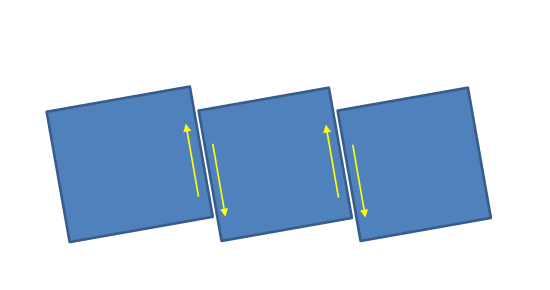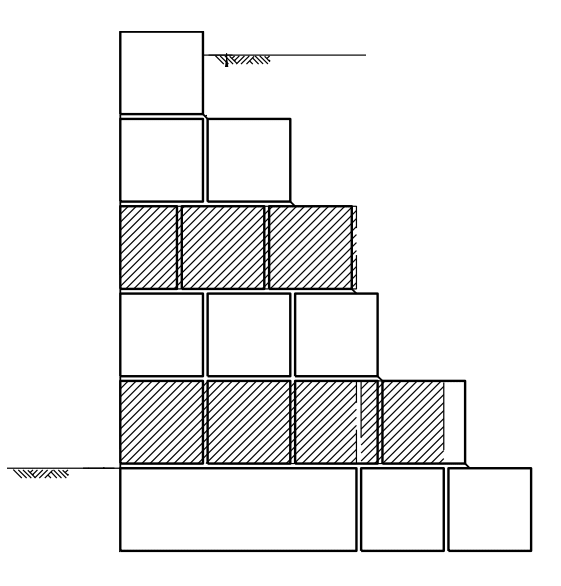LR11
Structural
- Sep 13, 2001
- 166
I was wondering of there's a recommended reference for the design of gravity retaining walls.
I'm looking into the design of a limestone block wall between 1.5m to 2m above ground level.
I'm looking into the design of a limestone block wall between 1.5m to 2m above ground level.


